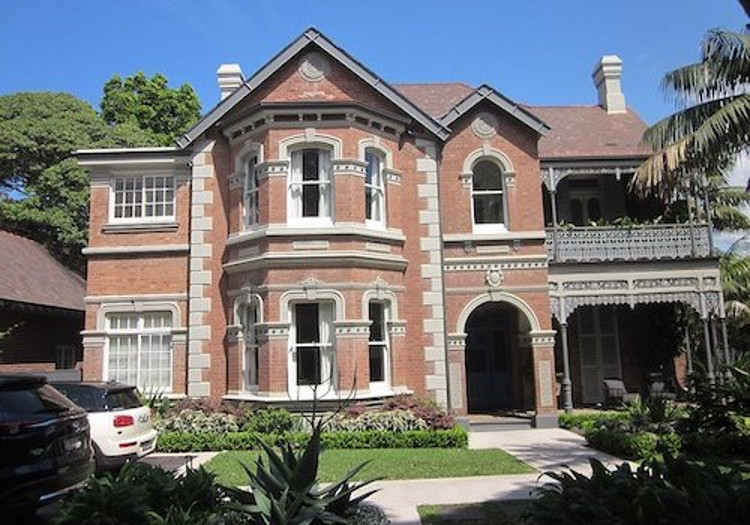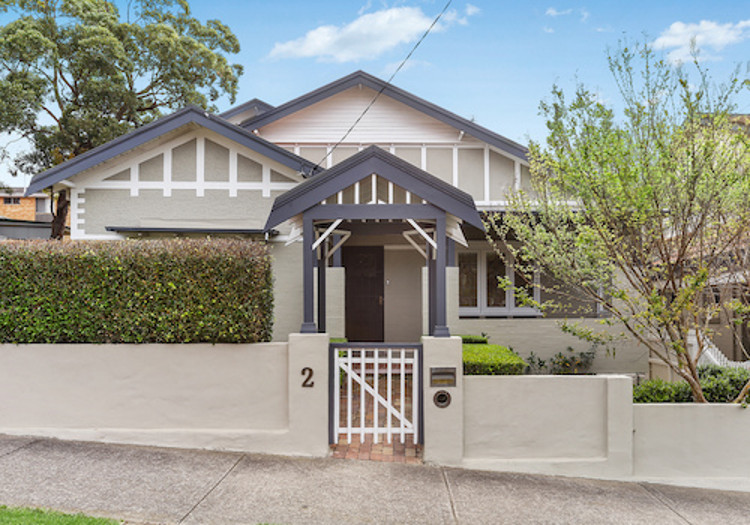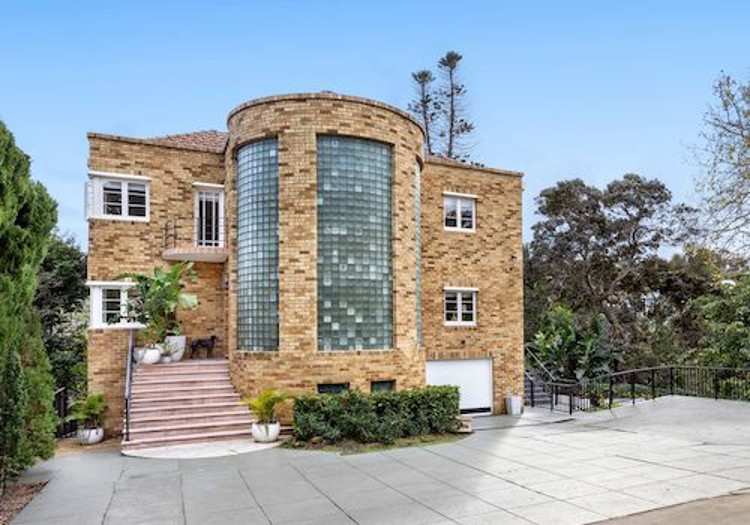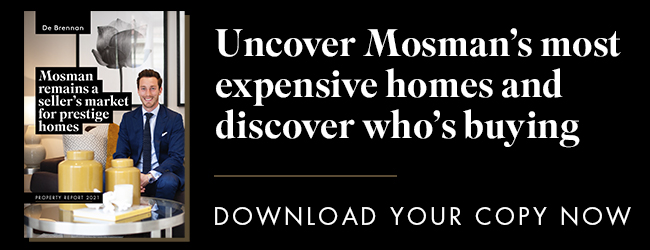Heritage properties document our past, define our present, and inform our future. Take a historical journey back through Mosman home designs.
For those of us that live in Mosman, we are blessed with a diverse array of homes design styles. Across our exclusive suburb, many different architectural types coexist and even complement one another.
Walk around the streets of Mosman, and you’ll witness the simple elegance of Georgian Colonial alongside the ornate asymmetry of Victorian Italianate, the ocean-liner curves of Art Deco and the pared-back lines of Sydney-regional homes.
Heritage properties document our past, define our present, and inform our future.
Mosmans established homes and gardens form the fabric of our lower north shore streetscapes, enhancing Mosman’s intriguing topography and its relationship to the harbour, not to mention its charm and character.
Mosman has long been a desirable postcode, and homebuyers can choose from a variety of distinctive heritage homes. Here we delve into the four architectural styles that dominate Mosman and are endlessly popular.
Victorian Italianate (1850–1900)
Early Mosman homes, among other properties on the lower north shore, took their cue from the Victorian Italianate architecture of Osborne House, Queen Victoria’s palatial holiday residence located on the Isle of Wight, England and built in 1851.
This decorative style typically lends exteriors a low-pitched, slate-tiled hipped roof; a projecting bay, which plays up the building’s asymmetry; and plenty of cast-iron filigrees, usually adorning the verandah.
Interiors feature a long central hallway, along with ornamentation in the form of plaster ceiling roses and marble fireplace surrounds. The large reception rooms and high ceilings are particularly desirable features of these often-multistoried houses.
You’ll find this style on Mosman’s Dalton and Belmont roads, such as Alma House.

Federation Queen Anne (1885+)
As an English adaptation of the Flemish vernacular, The Queen Anne (or, more accurately, Anglo-Dutch) style is a picturesque mix that experts often describe as quaint.
The extensive use of exposed brick and timber typifies this kind of house, which also features a high-pitched roof with decorative finials and, sometimes, architectural exuberance in the form of a tower or dormer windows.
In many cases, a deep verandah wraps around two adjacent sides of the building. Boronia House in Mosman is a perfect example of this heritage home architectural style.
Keep an eye out for more classic Anglo-Dutch style on Mosman’s Prince Albert and Muston streets, and on Bradleys Head Road.

Federation Arts and Crafts (1900+)
These two decades saw a reaction against ornamentation for its own sake. Enter the ever-popular Federation style, an offshoot of the Arts and Crafts movement, which had its roots in social reform and anti-industrialism.
This back-to-basics style was an early response to the concept that design influences society. As such, it’s a more straightforward and somewhat more honest approach that exposes (rather than disguises) materials and rejects mass-produced elements in favour of high-quality handmade pieces.
Federation homes feature rough-hewn sandstone walls covered with brickwork, slate gable roofs, wooden folk-art trims, simple geometric leadlight windows, and flat-roofed bay windows.
Interiors often boast stained-wood panelling and moulded-plaster ceiling decoration or pressed-metal ceilings. All the ceilings tend to be lower than those of Victorian Italianate homes. The Federation paint-colour scheme reflects and complements the Australian landscape with shades of gold, cream, deep red, and gum leaf green.
Today, the Arts and Crafts concept of ensuring that everything in your home is either useful or beautiful is still going strong.
Federation style prevails in Mosman; Prince Albert, Canrobert and David streets feature fine examples.

The California bungalow (1914+)
The appearance of the California (or Pasadena) bungalow followed Walter Burley Griffin’s arrival in Australia. In 1913 the Chicago architect came here to view Canberra, the plan of which he’d designed, and his visit provoked a renewed interest in American home design. Pasadena and Sydney shared similar climates, so local architects adapted the style with ease.
The bungalow is a horizontal, low-slung home that’s usually a single-storey construction of dark-red brick. Common features include a fairly low-pitched gable roof; timber detailing inside and out; a wide, deep verandah; a rusticated sandstone base wall; and tapered piers.
Compared with earlier styles, these homes tend to be smaller and have a more open floor plan. This aim of this design was to make housekeeping easier because affordable domestic help was scarce after the war. Despite their modest size, bungalows tend to sit on relatively large blocks of land, making these homes popular with families.
Mosman has many excellent examples of this style; you’ll find bungalows on Raglan and Boyle streets, and Bradleys Head Road is home to a grander, modernised version.

Art Deco (1920+)
Arriving late to Australia, Art Deco, also called style moderne, became significant in the 1940s. Originating in France and gaining a strong foothold in Hollywood, USA, Art Deco is one of the most fascinating and distinctive periods of our architectural history.
At the time, these large houses with little decoration were not applauded by dismissed as ugly. Built with either creamy-orange brick or finished with cement render or stucco.
With a focus on clean and functional design, Art Deco buildings tend to feature sharp lines and soft curves, embodying less is more. Today, the ship-like homes are loved by so many seeing them snapped up and taken off the market in a flash.

Considering selling your home of historical significance?
With an excellent track record for securing top sales figures for heritage homes, it would be my pleasure to discuss how to market your home if it represents a specific era of architectural design.
